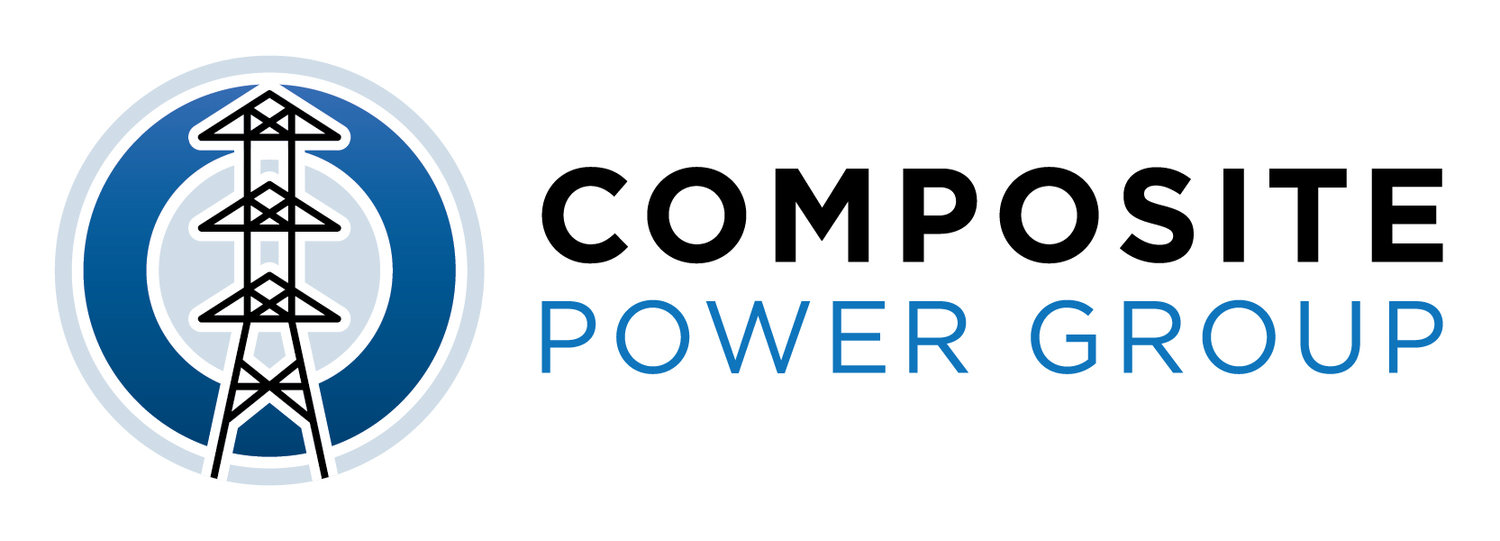Midal Cables AAC ( All Aluminum Conductors )
/An All Aluminum Conductor (AAC) cable is a type of electrical conductor commonly used in overhead power lines for both primary and secondary distribution. It is made entirely of aluminum, which is known for its high electrical conductivity, light weight, and relatively low cost.
Structure of AAC Cable:
Stranded Aluminum: AAC cables are composed of multiple strands of aluminum wire to increase flexibility and ease of handling. The stranding also helps improve the overall strength of the cable, although it is not as strong as steel-reinforced cables.
Midal Cables’ concentric lay-stranded Aluminum Conductor (AAC) is composed of one or more strands of hard-drawn 1350 aluminum alloy.
Key Characteristics:
High Conductivity: Aluminum provides excellent electrical conductivity, which makes AAC cables efficient for transmitting electricity with relatively low losses.
Lightweight: Aluminum is lighter than other metals used in conductor materials like copper and steel. This makes AAC cables easier and less expensive to transport and install.
Cost-effective: Aluminum is generally less expensive than copper, making AAC a cost-effective choice for many overhead applications.
Corrosion Resistance: Aluminum naturally forms an oxide layer when exposed to air, which protects the cable from further corrosion. This is particularly advantageous in coastal areas or environments where corrosive conditions prevail.
Applications:
Short Span Distribution Lines: AAC is commonly used in urban areas with shorter spans. The light weight of AAC makes it ideal for applications where larger and heavier cables would be difficult to support.
Rural Distribution: Its use extends to rural settings for primary and secondary distribution lines, where long spans are less frequently required.
Street Lighting: AAC's flexibility and ease of use make it suitable for street lighting and other similar applications.
Coastal Application: The excellent corrosion resistance of aluminum has made AAC the preferred conductor in coastal areas.
Limitations:
While AAC cables are highly effective in many settings, they are not typically used where high tensile strength is required, such as in river crossings or long-span installations, due to aluminum’s lower strength compared to steel-reinforced options.
Overall, AAC cables offer a reliable and economical solution for a wide range of electrical distribution needs, particularly where high tensile strength is not a critical requirement.
Midal Cables can manufacture and supply AAC on non-returnable wooden/steel reels or returnable steel reels.
Features:
High current carrying capacity
Excellent corrosion resistance
Ideal for coastal area use
Suitable for low and medium voltage lines in urban areas
Specifications:
AAC manufactured by Midal Cables meets or exceeds the requirements of all international standards, including:
CSA - Canadian Standard
ASTM - American Standard
IEC - International Electro-technical Commission
EN - European Standard






